Feast January 31 Name Ludovica Albertoni | Beatified January 28, 1671 | |
 | ||
Similar People Gian Lorenzo Bernini, Pope Leo I, Pope Clement I, Pope Sixtus III, Pope Honorius III | ||
Gian lorenzo bernini beata ludovica albertoni nexus otello scatolini scultore italiano
Blessed Ludovica Albertoni (1473 - 31 January 1533) was an Italian Roman Catholic noblewoman from the Renaissance period and a professed member of the Third Order of Saint Francis. The death of her husband prompted her to dedicat her life to the service of the poor in Rome and she was also known for her ecstatic experiences. Gian Lorenzo Bernini created a sculpture dedicated to her which is contained in San Francesco a Ripa where Albertoni's remains are placed.
Contents
- Gian lorenzo bernini beata ludovica albertoni nexus otello scatolini scultore italiano
- Bernini Blessed Ludovica Albertoni
- Life
- Legacy
- Beatification
- Bernini sculpture
- References
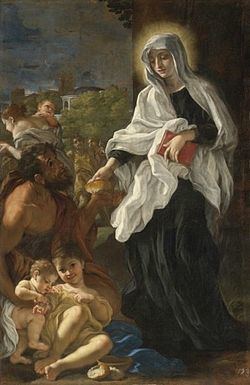
Her fame for holiness became widespread in Rome and devotion to her remained intense after her death which prompted Pope Clement X to approve her beatification in 1671.
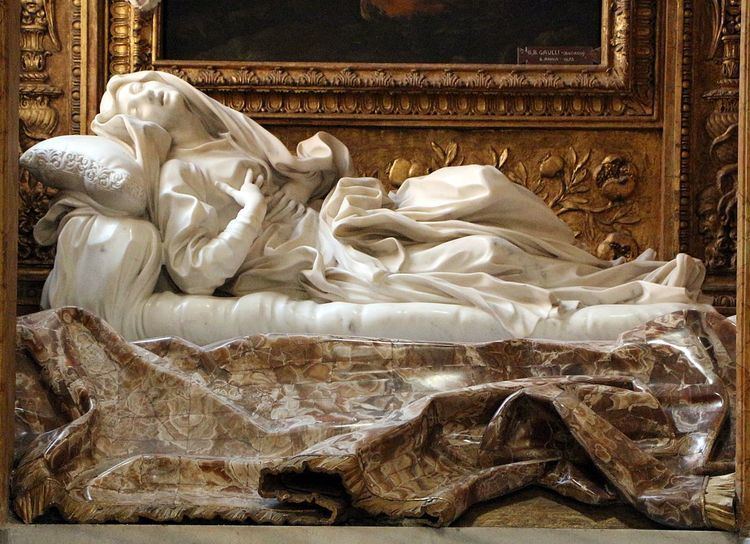
Bernini - Blessed Ludovica Albertoni
Life
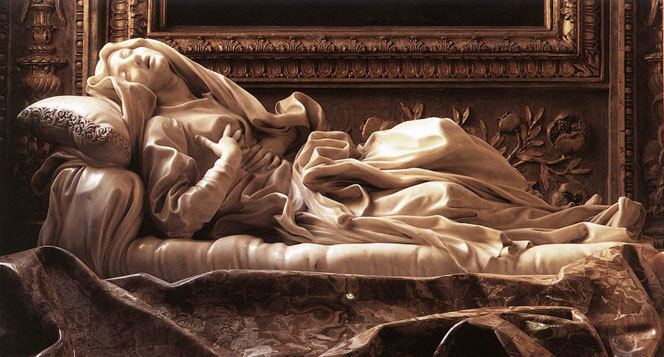
Ludovica Albertoni was born in 1473 in Rome to the prominent nobles Stefano Albertoni and Lucretia Tebaldi. Her father died around 1475 and she was entrusted to the care of her paternal aunts who instilled in her a Christian education.

From her childhood she strove to be a dedicated Christian and hoped to remain a virgin so that she could remain one with Jesus Christ. But despite this desire her parents arranged her betrothal and in humble obedience was married to the nobleman Giacomo della Cetera in 1494. Both husband and wife moved to Trastevere where the couple raised three daughters together but it was a turbulent marriage for her husband possessed a sharp and often unpleasant temperament. But she remained docile in her faith and steadfast while believing in her husband's love for her despite his coldness. But in May 1506 her husband died after a long illness leaving her widowed with her three children. Difficulties arose when her brother-in-law Domenico did not respect the right of succession in favor of her and her daughters and believed he should inherit his deceased brother's fortune. Albertoni fought against him in court and won with her late spouse's assets divided to her and her daughters while her brother-in-law never troubled her again.

Not long after this loss she joined the Third Order of Saint Francis at the San Francesco a Ripa church back in Rome where she returned. In this secular dimension of life she spent her fortune and sacrificed her own health caring for the poor to whom she was devoted to while in the process becoming poor herself. Albertoni became renowned for her religious ecstasies (including levitation) and became known as a miracle worker. In 1527 she tended to the poor during the Sack of Rome and for her efforts at alleviating the suffering became known as the "mother of the poor".
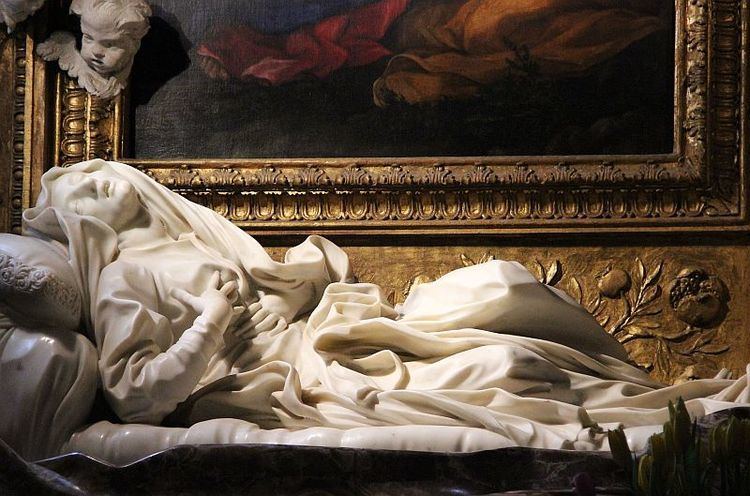
In December 1532 news spread that her health was worsening and Albertoni died not long after from a fever on 31 January 1533; her final words were those of Christ's last words on the Cross. Her remains were interred in the Saint Anne chapel at San Francesco a Ripa as was her wish. On 17 January 1674 her remains were relocated to a grand altar in the same church that Gian Lorenzo Bernini had constructed but were inspected prior to re-entombment.
Legacy
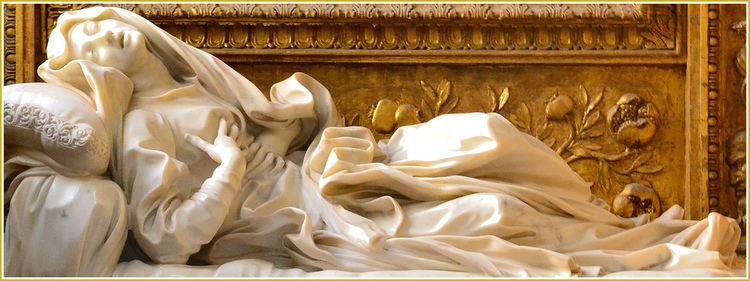
On 13 October 1606 the senate in Rome decreed the date of her death to be observed like a memorial and in 1625 the Roman authorities named her as a patroness for Rome while making her date of death akin to a liturgical feast.
Beatification
On 28 January 1671 her beatification received approval from Pope Clement X who voiced approval for her longstanding and popular "cultus" (otherwise known as an enduring public veneration). The pope signed the decree at the Basilica di Santa Maria Maggiore. Her liturgical feast is affixed to the date of her death as is the norm.
Bernini sculpture
Albertoni is best commemorated through Gian Lorenzo Bernini's sculpture entitled Beata Ludovica Albertoni which is housed in the Altieri chapel in the San Francesco a Ripa church in Rome. The recumbent statue captures Albertoni in her death throes and depicts her as suffering but also in the light of her religious ecstasies as she awaits her union with God.
